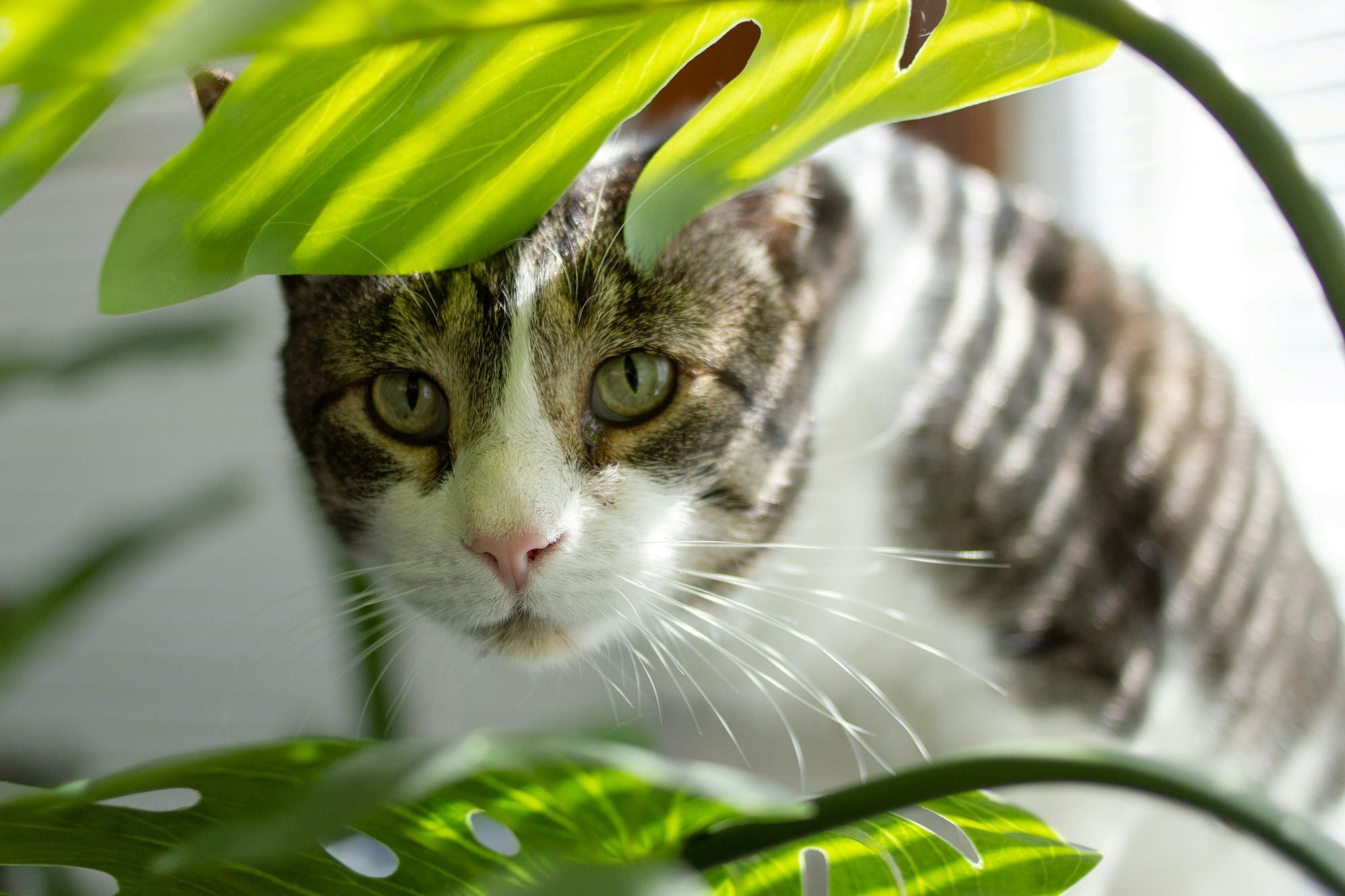
Pet-Safe Flowers and Plants for a Happier, Healthier Home
Photo by Sarah Shull on Unsplash
Adding greenery and fresh blooms to your living space can uplift your mood, freshen the air, and create a cozy, inviting environment. But if you're sharing your home with a curious cat or a mischievous pup, choosing the right plants is more than a design decision — it’s a safety matter. Thankfully, with a bit of care and planning (and even the help of big bouquets of flowers delivered to your door), it’s entirely possible to enjoy beautiful floral displays without putting your furry friend at risk.
Why Plant Safety Matters
Many common houseplants and cut flowers are toxic to pets. Lilies, for instance, are stunning but extremely dangerous to cats — even a few grains of pollen can lead to kidney failure. Similarly, daffodils, tulips, aloe vera, and poinsettias can all cause serious health issues for dogs and cats if ingested. That’s why pet parents should be proactive about choosing non-toxic, pet-friendly greenery.
Pet-Friendly Flowers to Brighten Your Space
Here’s a list of popular flowers that are safe to keep in homes with pets:
- Roses – A classic favorite. While the thorns should be trimmed or avoided, the blooms themselves are non-toxic to cats and dogs.
- Sunflowers – Cheerful, bright, and safe for pets. Their hardy nature makes them perfect for arrangements and even potted varieties.
- Gerbera daisies – These colorful blooms add joy to any room and are non-toxic to pets.
- Snapdragons – Safe and stylish, they work well in both outdoor and indoor arrangements.
-
Zinnias – Easy to grow and pet-safe, zinnias come in a rainbow of vibrant colors.
Pet-Safe Houseplants for Everyday Greenery
If you’re more into leafy greens than blossoms, consider these houseplants:
- Areca Palm – A beautiful, tropical-looking plant that’s safe for pets and helps purify indoor air.
- Calathea – Known for its patterned leaves, Calathea is both striking and non-toxic.
- Spider Plant – Hardy, air-purifying, and safe for pets (though cats might chew on it just for fun).
- Prayer Plant (Maranta) – A low-maintenance choice that’s safe and decorative.
-
Bamboo Palm – Adds height and elegance to a room and poses no threat to pets.
Placement and Supervision Tips
Even pet-safe plants can cause digestive upset if eaten in large amounts. That’s why proper placement is key:
- Use hanging planters or wall-mounted shelves to keep plants out of reach.
- Choose sturdy pots that won’t tip easily if a cat jumps up or a dog bumps into them.
- Avoid fertilizers or pesticides that could be harmful to pets if ingested.
If your pet has a history of nibbling, it might be helpful to redirect their interest with safe “pet grass” or grow a small patch of catnip.
Conclusion
Creating a pet-safe, plant-filled home is absolutely achievable with the right choices. By selecting non-toxic flowers and greenery, and practicing thoughtful placement, you can enjoy all the beauty of nature indoors — without risking your pet’s well-being.







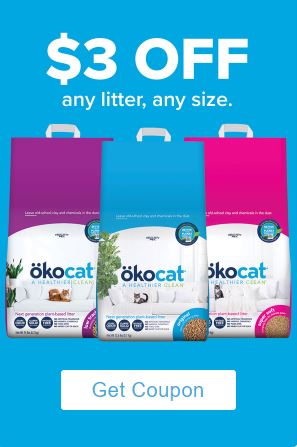
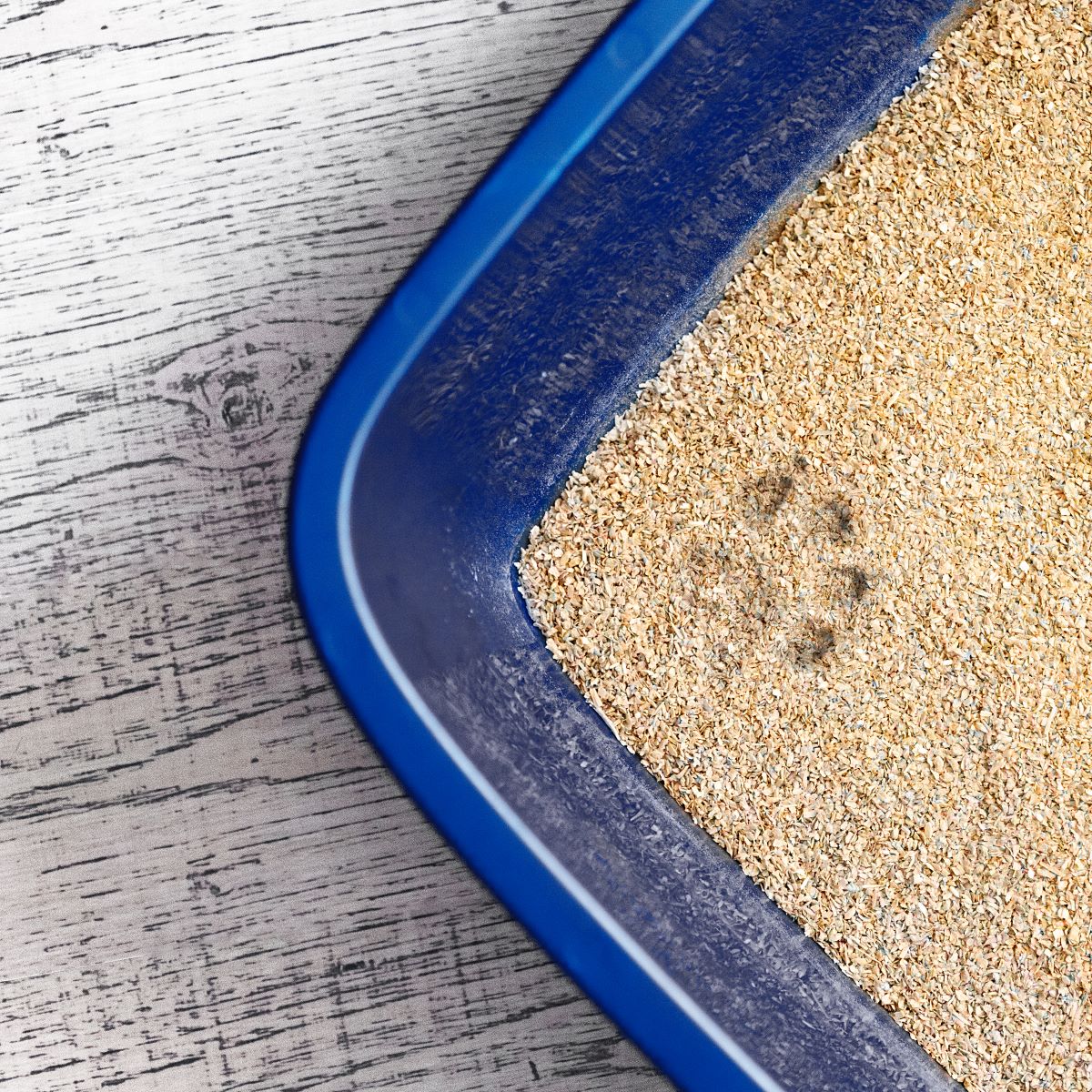
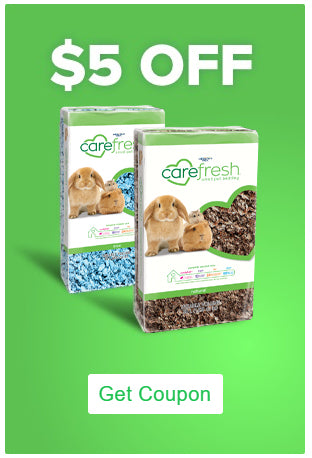
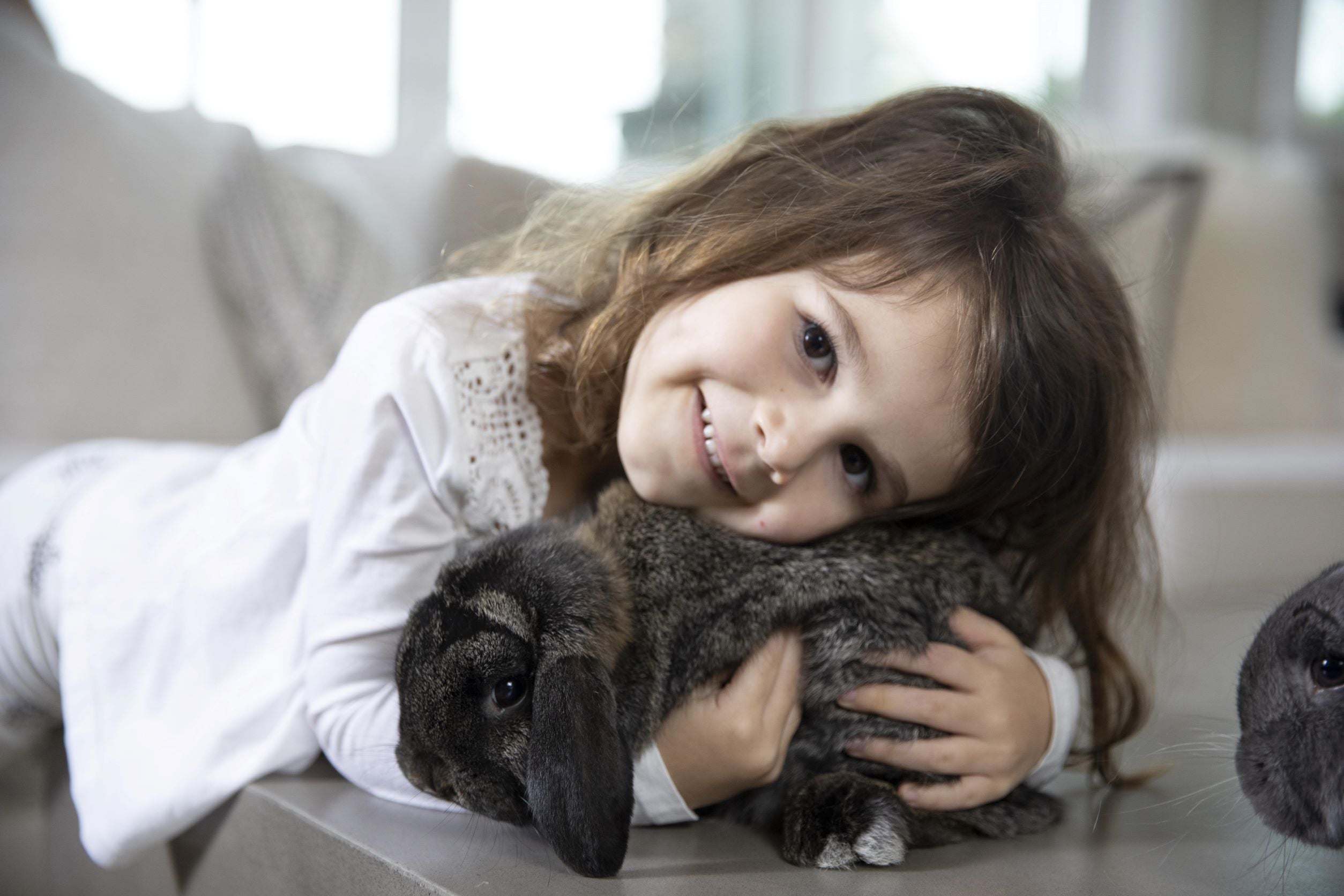
 email us
email us